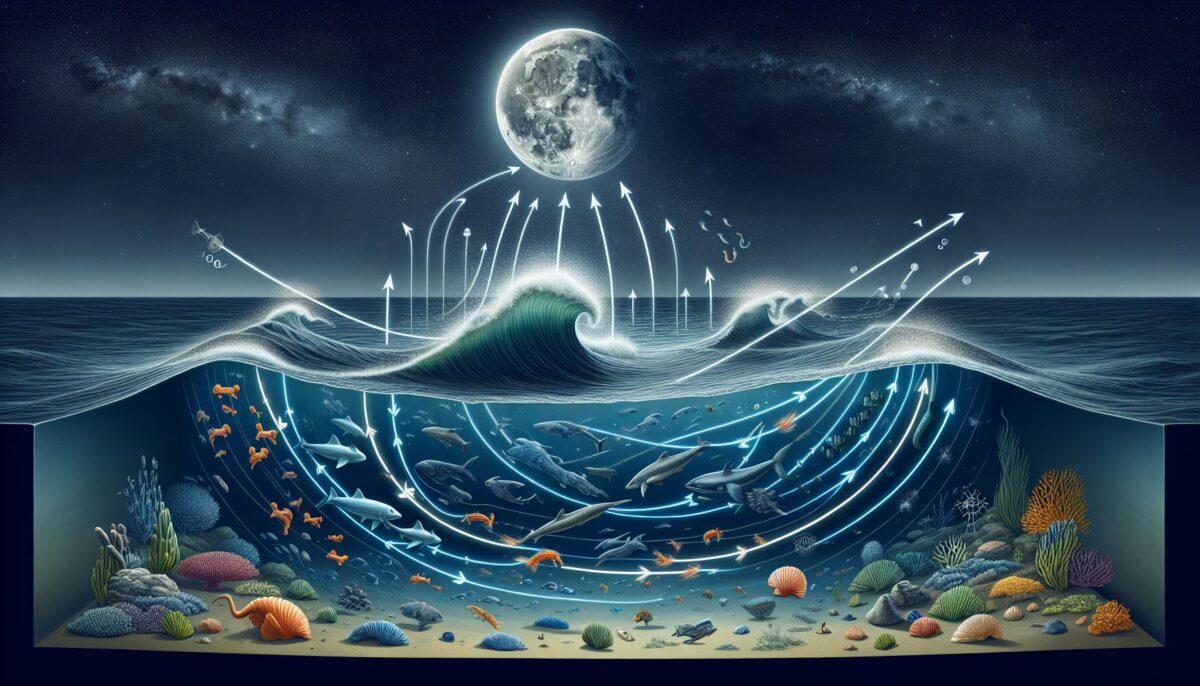Tides are one of the most fascinating phenomena occurring on our planet. These sea level movements happen several times a day and have tremendous impacts on the marine environment and life on the coast. This article aims to delve into the intricate world of tides, exploring their cause, mechanisms, types, and significant influence on life as we know it. Moreover, it will shed light on some extraordinary animals and plants that have developed unique survival strategies aligned with the rhythms of tides, while touching upon human utilization of tidal power for sustainable energy.
What Are Tides?
Tides are the regular rise and fall in water level experienced by seas and oceans in response to the gravitational influences of the moon and the sun, and the rotation of the Earth. They are complex phenomena governed by many factors, both astronomical and geographical. Understanding tides requires knowledge of how gravitational force works, especially the interplay between Earth and its celestial neighbors¹.
Mechanics of Tides
Fundamentally, tides are all about gravitational forces. The moon, being closer to the Earth, has a significantly stronger gravitational pull that causes the ocean’s water on the side closest to the moon to bulge outwards. Simultaneously, the rotational force causes water on the Earth’s opposite side to form another bulge. These bulges are what we experience as high tides.
And as the Earth rotates around its axis once a day, any given point on Earth will experience both a high tide and a low tide. The differential gravitational pull of the sun also affects tides. But due to its much greater distance from Earth, its gravitational influence is less than the moon but is still significant, especially when the Earth, moon, and the sun align².
Types of Tides
There are essentially three types of tides: semi-diurnal, diurnal, and mixed tides.
-
Diurnal Tides: These are tides where there is only one high tide and one low tide in a day.
-
Semi-diurnal Tides: These tides involve two nearly equal high tides and two nearly equal low tides each day.
-
Mixed Tides: As the name suggests, these tides have varying heights of high and low tides³.
The Tidal Environment and Life
Tides play a crucial role in creating unique environments home to various species. Plants and animals living in coastal regions have adapted to thrive despite the constant fluctuation in environmental conditions. A quintessential example would be the intertidal zone, where species like starfish, barnacles, and many types of algae and seaweed flourish.
The changing tides provide valuable nutrients that enrich the ecosystem, supporting an abundance of marine life. The ebbing tide can leave behind pools of water, which become thriving microhabitats. The incoming tide refreshes these pools, supplying more food and nutrients. This fascinating interplay leads to significant marine biodiversity in tidal regions.
From an anthropogenic standpoint, tides have been a long-standing source of fascination, delivering both opportunities and challenges. Humans have learned to harness tidal energy as a renewable and sustainable source for centuries, which today stands as a promising solution to ever-growing energy demands.
Tidal Energy and Its Future
Tidal energy is the power generated by converting the energy from tides into electricity or other practical forms. It can be a promising renewable energy source, given that tides are predictable and constant unlike wind or solar power. Many countries are exploring tide harnessing technologies, making it an exciting frontier in the quest for sustainable energy sources⁴.
In conclusion, tides are much more than simple rise and fall of the sea level. They are vital drivers of biodiversity, a potential source of renewable energy, and an area of constant scientific discovery. The understanding of this natural wonder deepens our appreciation of the natural world around us and enrichens our knowledge about the myriad dynamics of the ocean. By studying and preserving our coastlines, we can hope to sustain the exquisite and valuable environments they support for future generations.
[¹]: NOAA Ocean Service
[³]: National Geospatial-Intelligence Agency
[⁴]: US Energy Information Administration
